We currently have a litter of puppies available for adoption. They’re healthy, friendly, sweet, and full of energy. Followers and visitors invariably ask, “What breed are they?” This bunch was found with no mother dog or history, so we must answer with a shrug and a best guess. Like all shelters, most of our canine residents are mixed breeds who came to us as strays, surrenders, or transfers from other shelters.
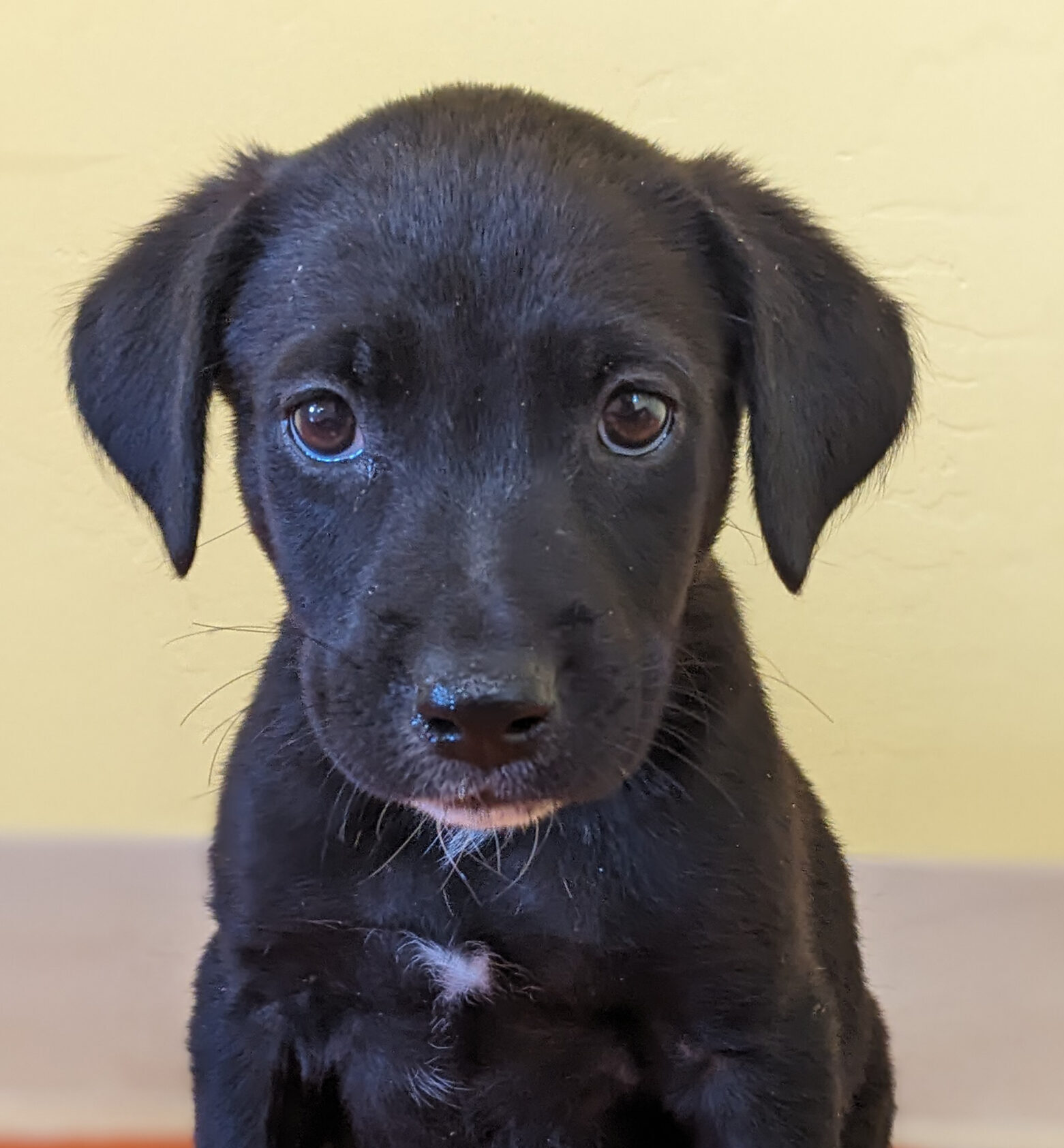
Multiple studies have shown that even professionals get it wrong when guessing dog breeds based on appearance. In one study, sixteen experienced shelter workers (including four veterinarians) were asked to visually identify the breeds of 120 dogs. These assessments were then compared against DNA profiles for each dog. They were wrong a lot of the time. Other studies have shown that dog breeders and veterinarians are wrong about 75% of the time. Genetic Staffordshire terriers (commonly called pit bulls) were only correctly identified by the shelter staff about half of the time. For dogs with stocky bodies and blocky heads, calling them “pitties” can seriously harm their chances of being adopted.
History shows we are no more accurate than the study participants. Last fall, we brought in five dogs from a bad situation- two of whom were pregnant. Shai was one of the mother dogs, and we listed her (and the others) as labrador mixes since they are big, black/yellow, blocky-headed dogs. One of Shai’s puppy’s new family did a DNA test, showing not a bit of lab in the mix. They are mostly husky/shepherd mix.
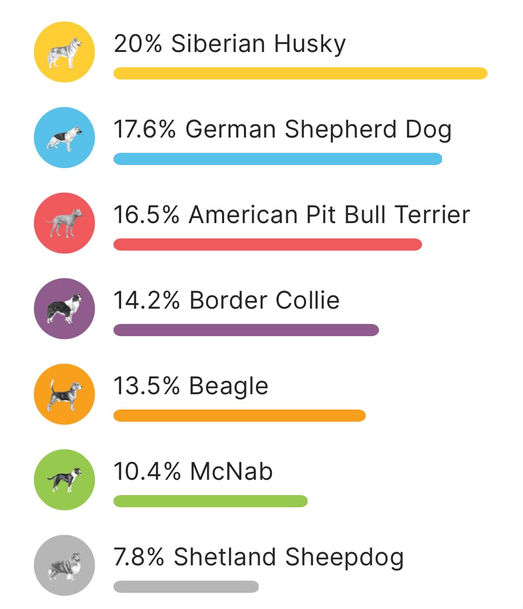
Sturgill is another example of us missing the guess. He looks like a hound, sniffs like a hound, sounds like a hound… but DNA says he’s just as much Catahoula as hound.
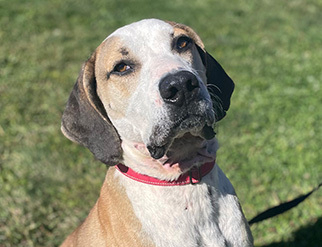
You may wonder- if DNA testing is more accurate than staff assessment, why not implement DNA testing at every shelter?
Doggie DNA testing is not entirely accurate. Being a relatively new option, most DNA testing companies have incomplete breed databases. This means the predominant breed may not be in their profiles.
The accuracy also depends on the quality of the sample. Most take-home DNA tests require a cheek swab sample. If you’ve ever tried to give your dog a pill, you know how difficult it can be to get something into the mouth of a squirming pup.
The cost of tests may be the biggest hurdle to shelters ordering DNA tests. DNA testing is just not in our budget. Our priorities are food, veterinary care, socialization, exercise, behavior training, and adoptions.
The lack of accuracy is leading some shelters to not assign breed labels to dogs whose parentage is a mystery. The shelters may say that a given dog looks like a collie, or a lab, but will not attach definitive labels.
A dog’s genetic makeup is not a magic way to predict who they are. The secret to learning about a dog’s personality is simple: throw them a ball, take them for a walk, or just snuggle up on the couch with them. See how they interact with you and your family. The actual DNA of who they are will be much less important than the tail wags and love they provide.
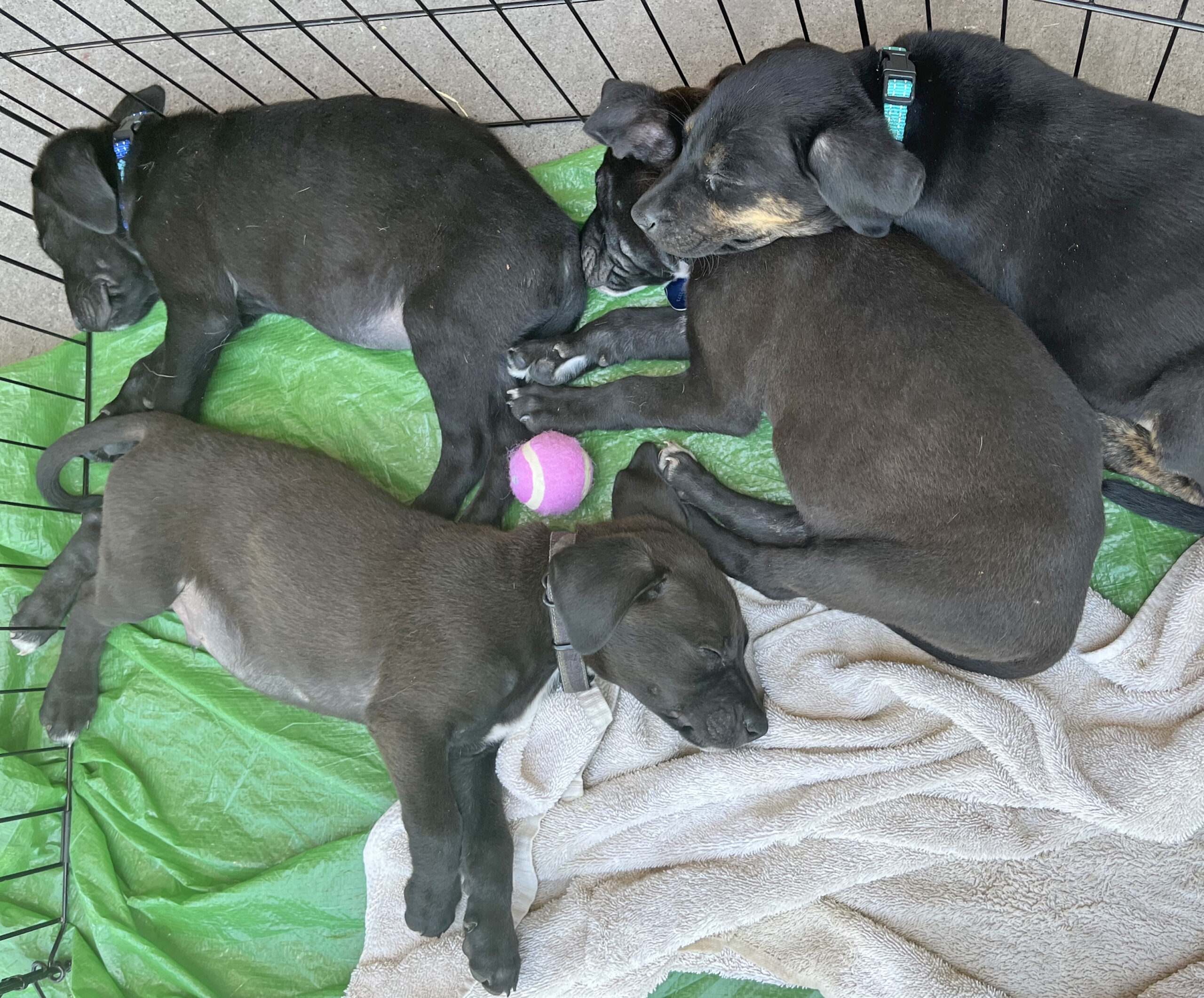 The Brady Bunch pups came in as a litter of nine. Still waiting are Alice, Marcia, Peter, Jan, Bobby, and Cindy. Their breed mix is a mystery, but they will be large dogs. They’re well-socialized, healthy, and smart little pups.
The Brady Bunch pups came in as a litter of nine. Still waiting are Alice, Marcia, Peter, Jan, Bobby, and Cindy. Their breed mix is a mystery, but they will be large dogs. They’re well-socialized, healthy, and smart little pups.
For thirty years, the Animal Resource Center and Shops of Second Chance Humane Society have been serving Ouray, San Miguel, and Montrose Counties. Our adoption hours are from Wednesday to Sunday, 11 a.m. to 5:30 p.m. You can view our shelter pets and services online at www.secondchancehumane.org. Connecting Pets, People, and Community While Saving Lives.

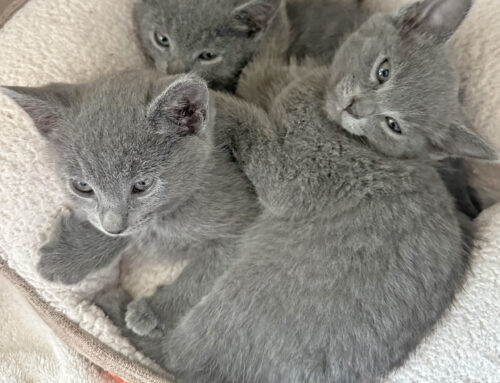

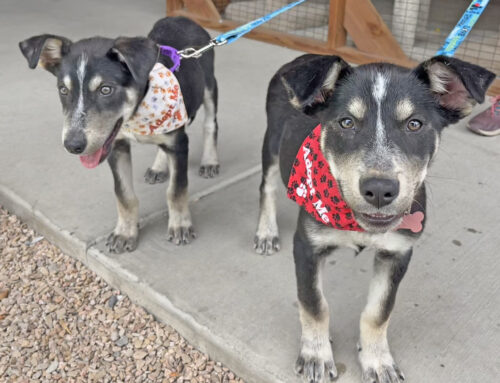
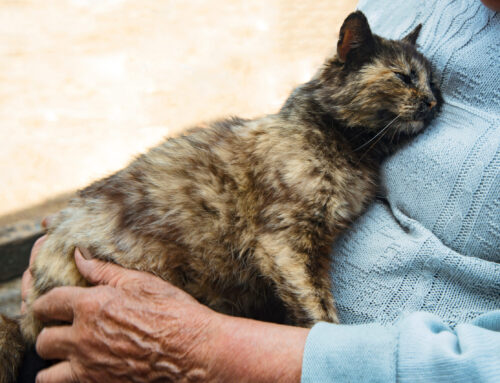
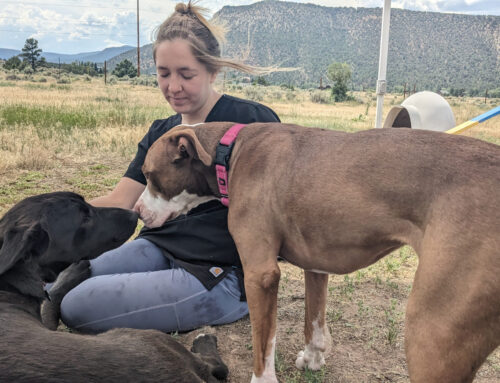

Leave A Comment